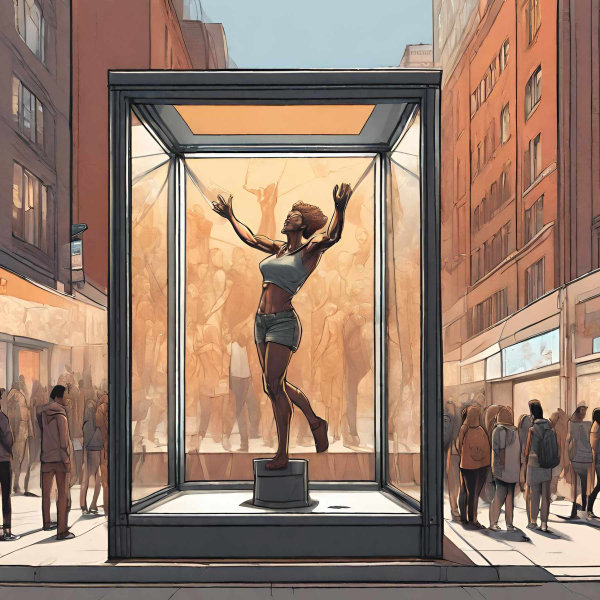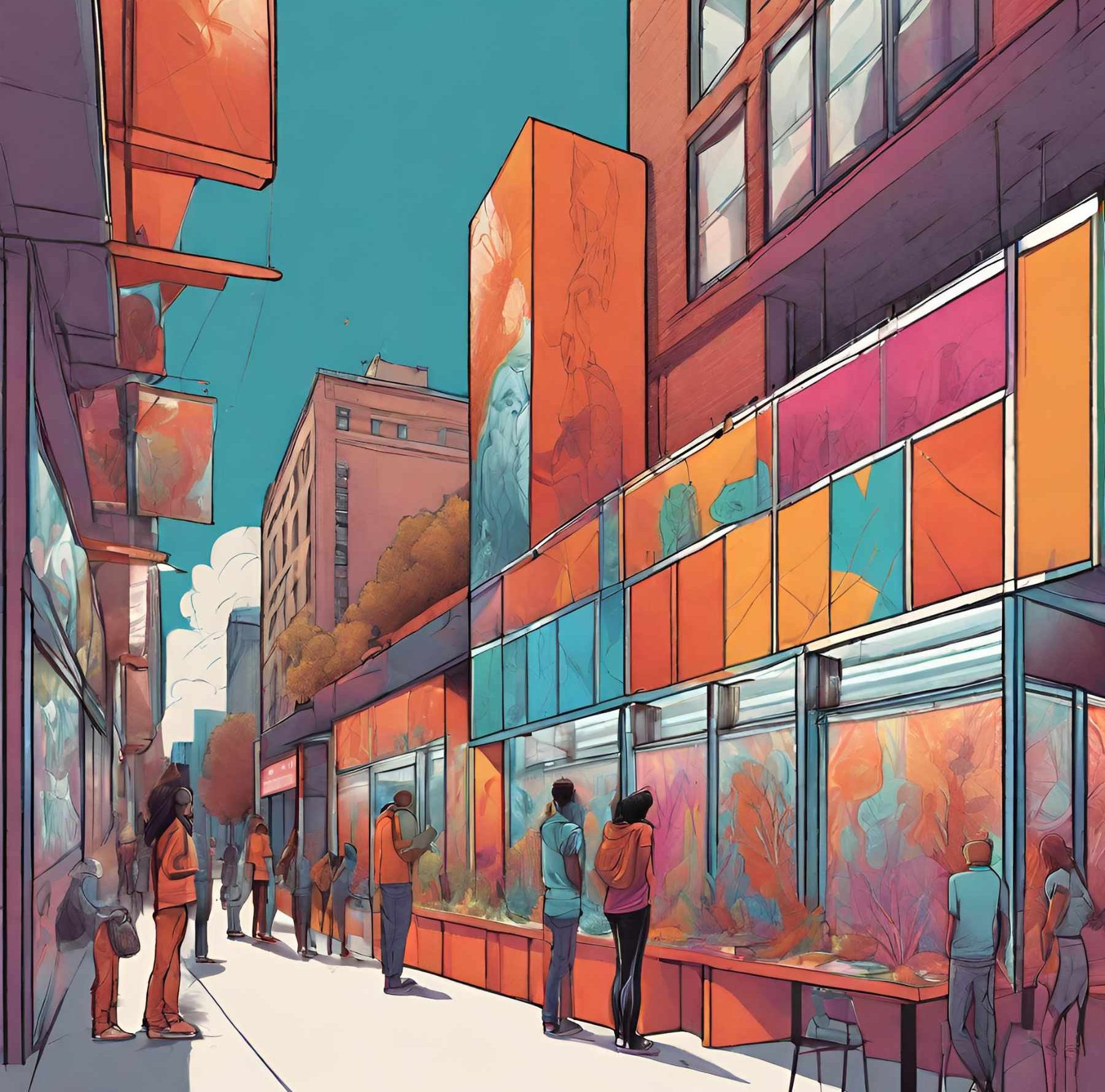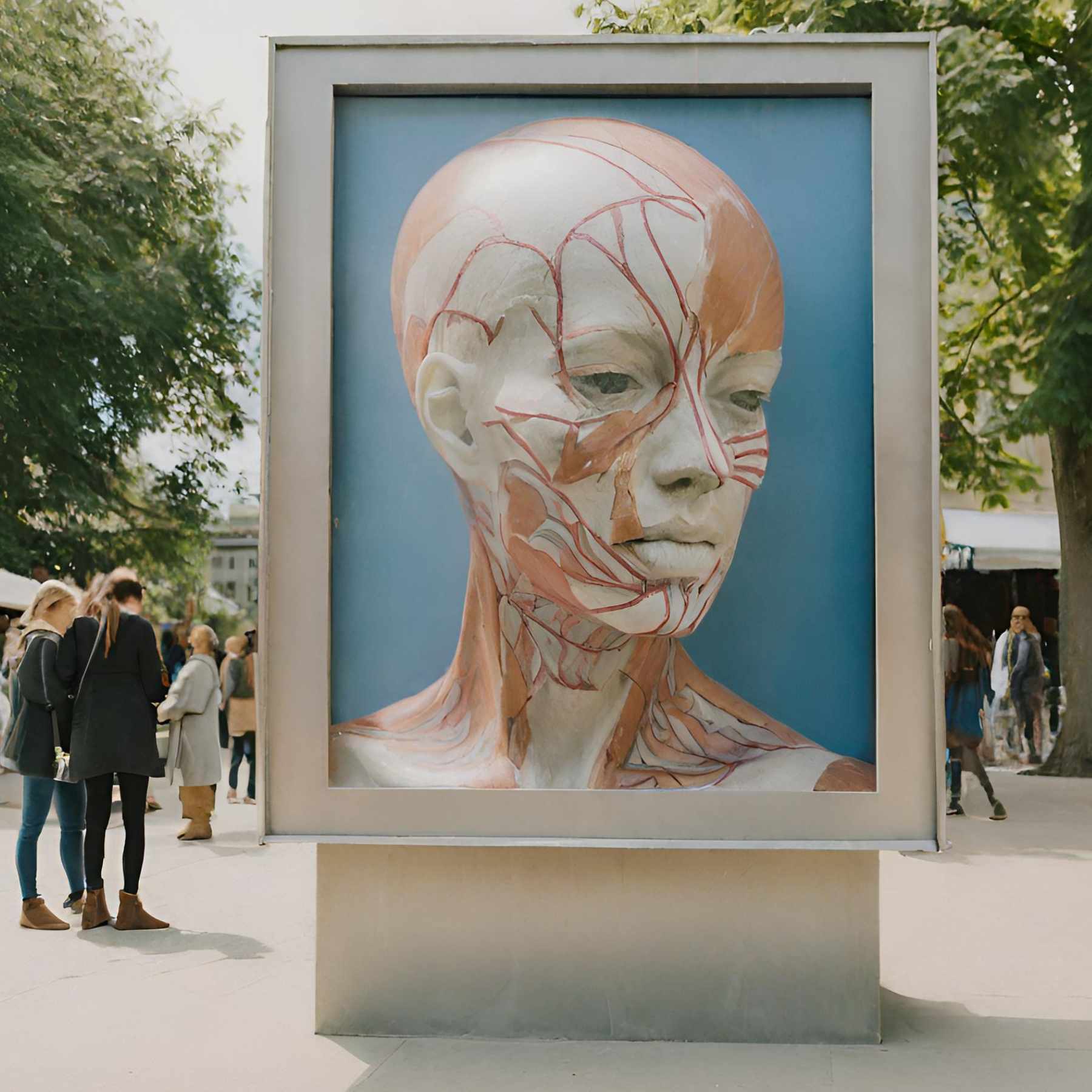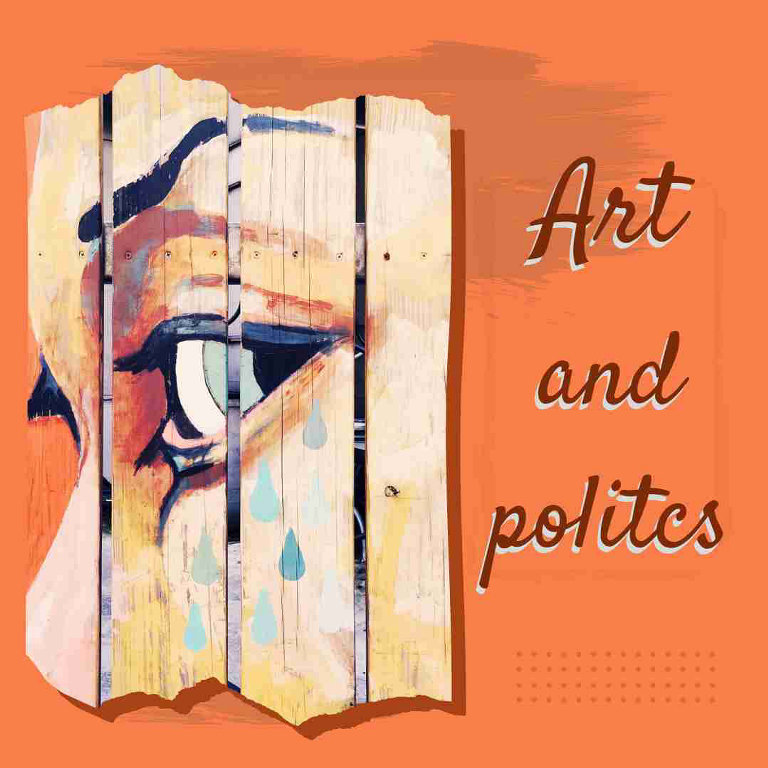Public art installations aren’t just splashes of color or quirky sculptures; they’re powerful tools capable of transforming spaces, sparking dialogue, and shaping the very fabric of our communities. Step ing beyond the confines of museums and galleries, these artistic interventions weave themselves into the tapestry of our daily lives, enriching our experiences and challenging our perspectives.
ing beyond the confines of museums and galleries, these artistic interventions weave themselves into the tapestry of our daily lives, enriching our experiences and challenging our perspectives.
From Bland to Vibrant: Transforming Public Spaces
Imagine a drab concrete plaza suddenly enlivened by a playful interactive fountain, or a neglected alleyway revitalized by a towering mural teeming with local stories. Public art installations possess the magical ability to breathe life into forgotten corners, turning them into vibrant community hubs. They become focal points, attracting people and fostering a sense of place and belonging. Additionally, well-designed installations can enhance safety and deter crime, making our streets more welcoming and inclusive.
Sparking Conversation and Encouraging Dialogue
Art has always been a powerful tool for social commentary and raising awareness. Public art installations take this a step further, engaging a wider audience in important conversations. From installations addressing environmental concerns to pieces sparking debate on social justice issues, these artistic expressions push us beyond our comfort zones and encourage critical thinking. They provide platforms for diverse voices to be heard, fostering deeper understanding and empathy within communities.
Shaping Cultural Identity and Building Community Pride
Public art installations can become cherished landmarks, embodying the spirit and values of a community. They tell stories of the past, celebrate the present, and offer glimpses into the future. By reflecting local history, traditions, and aspirations, these artistic expressions foster a sense of identity and pride among residents. They become shared experiences, strengthening community bonds and creating a collective narrative that transcends individual differences.
Beyond Aesthetics: The Economic Impact of Public Art
The benefits of public art extend beyond the social and cultural realms. Studies have shown that vibrant artistic districts attract tourists, boost property values, and stimulate local economies. Engaging installations become destinations, drawing foot traffic and encouraging spending in nearby businesses. This, in turn, creates jobs, fosters economic development, and revitalizes previously neglected areas.
The Power Lies in Participation and Collaboration
The most impactful public art installations are often those that actively involve the community in their creation. Participatory projects create a sense of ownership and investment, ensuring that the artwork resonates deeply with the local population. Collaboration between artists, community members, and local authorities fosters understanding and appreciation for the artistic process, leading to more meaningful and sustainable installations.
The Future of Public Art: More Than Just Decoration
As our understanding of the power of public art grows, so does its potential for positive impact. Technological advancements are opening up new possibilities for interactive and dynamic installations, further blurring the lines between art and audience. Looking ahead, public art will continue to be a crucial tool for shaping our cities, sparking dialogue, and fostering a more vibrant and inclusive future.






